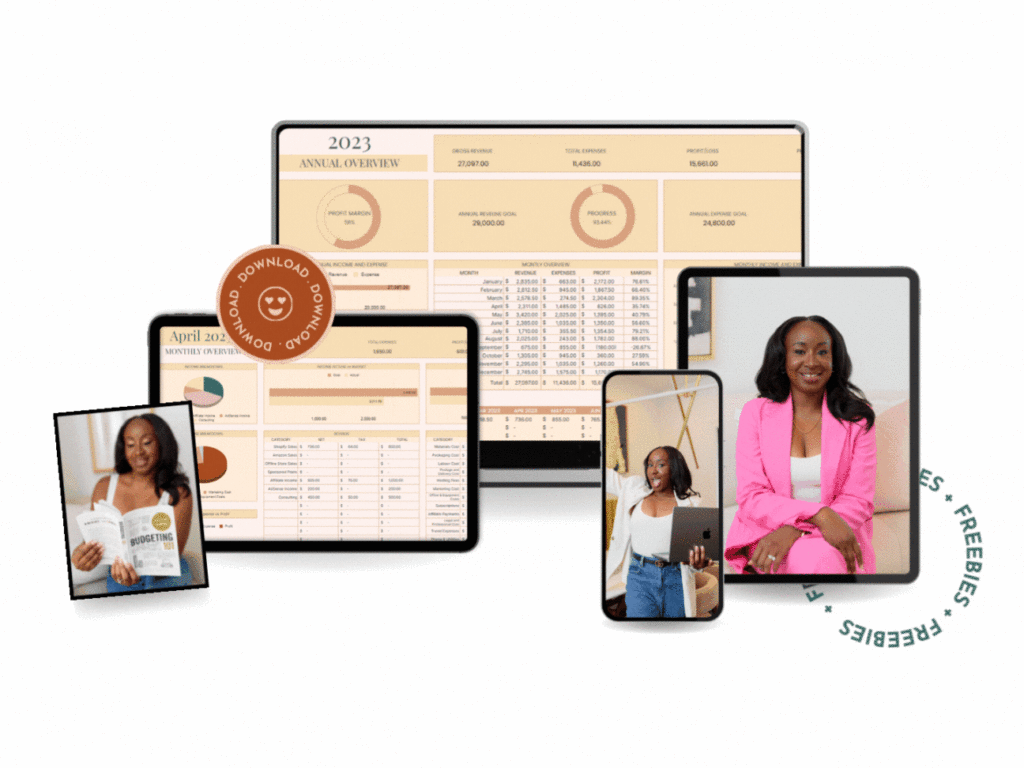Mid-Year Financial Check-Up 2024: Essential Tips for Small Business Owners
As we reach the midpoint of 2024, it’s the perfect time for small business owners to pause and assess their financial health. A mid-year financial check-up can provide valuable insights, helping you make adjustments to ensure a successful and profitable year. At FMS Advisory, a trusted Rockville, MD CPA firm, we are dedicated to helping you refine your financial strategies. Let’s dive into the key steps for a comprehensive mid-year review.
Step 1: Review Financial Statements and Performance Metrics
Analyze Financial Statements
Begin your mid-year check-up by thoroughly reviewing your financial statements, including your balance sheet, income statement, and cash flow statement. These documents offer a snapshot of your business’s financial health and can highlight areas of strength and concern.
Evaluate Key Performance Indicators (KPIs)
Identify and assess key performance indicators relevant to your business. These might include gross profit margin, net profit margin, current ratio, and accounts receivable turnover. Monitoring these metrics can help you understand your business’s performance and make informed decisions.
Example:
For instance, if your accounts receivable turnover ratio is low, it might indicate that you need to improve your collections process to ensure timely payments from customers. On the other hand, a high gross profit margin could suggest that your pricing strategy is effective, and you have good control over your production costs.

Step 2: Optimize Cash Flow Management
Cash Flow Forecasting
Cash flow is the lifeblood of any business. Create a cash flow forecast for the remainder of the year to anticipate any potential shortfalls and plan accordingly. This proactive approach can help you avoid liquidity issues and ensure you have sufficient funds to meet your obligations.
Improve Collections
If your business extends credit to customers, focus on improving your accounts receivable collections. Implement strategies such as offering early payment discounts or tightening credit terms to expedite collections and improve cash flow.
Example:
Offering a 2% discount for invoices paid within 10 days can incentivize customers to pay faster, improving your cash flow. Additionally, regularly reviewing aging reports can help you identify overdue accounts and take action to collect outstanding balances.
Step 3: Budget Adjustments and Cost Control
Reevaluate Your Budget
A mid-year budget review allows you to compare your actual performance against your planned budget. Identify any variances and understand the reasons behind them. Adjust your budget to reflect current realities and ensure it aligns with your business goals for the rest of the year.
Implement Cost-Saving Measures
Look for opportunities to reduce costs without compromising quality. This might include renegotiating supplier contracts, finding more cost-effective marketing strategies, or reducing discretionary spending. Implementing these measures can improve your bottom line.
Example:
If you notice that marketing expenses have exceeded your budget, consider reallocating funds to more cost-effective digital marketing channels. Additionally, negotiating bulk purchase discounts with suppliers can help lower your cost of goods sold.

Step 4: Set and Refine Financial Goals
Revisit Short-Term and Long-Term Goals
Take the time to revisit your short-term and long-term financial goals. Ensure they are still relevant and achievable based on your current financial situation. Adjust your goals if necessary to keep your business on track for success.
Create an Action Plan
Develop a clear action plan outlining the steps needed to achieve your revised goals. Assign responsibilities to team members and set deadlines to ensure accountability and progress.
Example:
If your long-term goal is to expand your business to a new location, outline the necessary steps such as securing financing, finding a suitable location, and hiring additional staff. Set specific milestones and deadlines to track your progress.
Step 5: Engage in Proactive Tax Planning
Review Tax Liabilities and Opportunities
Mid-year is an excellent time to review your tax liabilities and explore opportunities to minimize your tax burden. Consult with a CPA to discuss potential tax-saving strategies, such as maximizing deductions, utilizing tax credits, and optimizing your business structure.
Plan for Estimated Taxes
If your business is required to make estimated tax payments, ensure you are on track with your payments. Adjust your estimated tax calculations based on your current financial performance to avoid penalties and surprises at year-end.
Example:
If you anticipate higher earnings in the second half of the year, you may need to increase your estimated tax payments to avoid underpayment penalties. Discussing these adjustments with your CPA can help you stay compliant and minimize tax liabilities.

Step 6: Leverage Financial Tools and Technology
Adopt Efficient Bookkeeping Practices
Efficient bookkeeping is essential for accurate financial management. Consider using our Easy Biz Bookkeeping Template to streamline your financial record-keeping. This tool simplifies tracking expenses and income, ensuring you have up-to-date financial data at your fingertips.
Benefits:
Automated Calculations: Reduce errors with built-in calculations.
Customizable Categories: Tailor the template to your business’s specific needs.
User-Friendly Interface: Easy to use, even if you don’t have a financial background.
Utilize Financial Software
Investing in financial software can automate many aspects of your bookkeeping and accounting processes. Tools like QuickBooks, Xero, or Wave can help you manage invoices, track expenses, and generate financial reports with ease.
Example:
Using financial software can save you time by automating repetitive tasks such as data entry and reconciliations. It also provides real-time insights into your financial health, enabling you to make informed decisions quickly.
Step 7: Conduct a Financial SWOT Analysis
Identify Strengths, Weaknesses, Opportunities, and Threats
A financial SWOT analysis can provide a comprehensive view of your business’s financial position. Identify your financial strengths, such as strong cash flow or high profitability, and weaknesses, such as high debt levels or slow collections. Look for opportunities to improve your financial health, such as expanding into new markets or leveraging new technologies, and be aware of potential threats, such as economic downturns or increased competition.
Example:
If your analysis reveals that a significant portion of your revenue comes from a single client, consider strategies to diversify your client base to reduce dependency and mitigate risk.
Step 8: Plan for Contingencies
Develop an Emergency Fund
Building an emergency fund is crucial for financial stability. Aim to set aside 3-6 months of operating expenses to cover unexpected financial challenges. This fund acts as a financial safety net, allowing you to navigate disruptions without jeopardizing your business operations.
Example:
Setting up a separate savings account for your emergency fund can help you avoid the temptation to dip into these reserves for non-emergency expenses. Regularly contribute to this fund to build a robust financial cushion.
Create a Contingency Plan
Having a contingency plan in place can help you respond effectively to unexpected events, such as economic downturns, natural disasters, or sudden loss of key clients. Outline specific actions to take in various scenarios to ensure your business can continue to operate smoothly.
Example:
A contingency plan might include steps such as cutting non-essential expenses, applying for emergency financing, or temporarily reducing staff hours to manage cash flow during a crisis.

Conducting a mid-year financial check-up is essential for small business owners who want to ensure their financial strategies are on track. By reviewing financial statements, optimizing cash flow, adjusting budgets, setting goals, engaging in proactive tax planning, and leveraging financial tools, you can position your business for success in the second half of the year.
Ready to optimize your financial strategies for the remainder of 2024? Contact FMS Advisory today to schedule a consultation with one of our experienced CPAs. Whether you need help with mid-year financial planning, tax advice, or utilizing our Easy Biz Bookkeeping Template, we’re here to support your journey to financial success.
Also, don’t miss out on streamlining your financial management with our Easy Biz Bookkeeping Template. Designed for ease of use and comprehensive tracking, it’s the perfect tool to keep your finances in check efficiently.
Together, let’s ensure your financial foundation is as strong and effective as possible, setting you up for a prosperous year ahead in Rockville, MD.
More Links:
